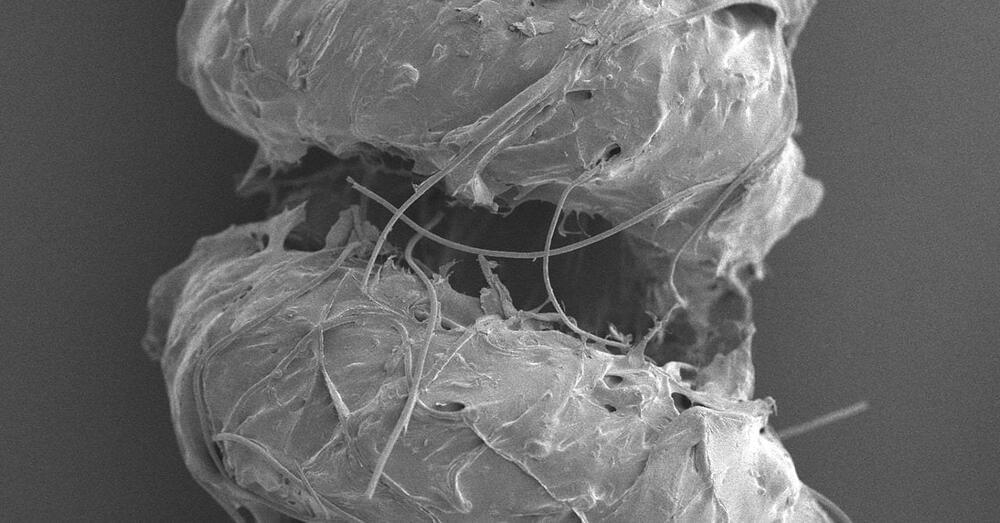Something had to diverge from the trunk eventually.



Las Vegas police officers investigated reports of two unknown entities falling from the sky on the same night in late April that a family reported something ‘not human’ in their backyard.
One officer drove to a home on the night of April 30 and interviewed the family who called 911 after making the sighting, according to body camera footage obtained by USA TODAY. One of the family members told the officer they saw “a big creature” that was “long, 10 feet tall.”
The officer told the family he was looking into the claims because another officer saw something in the sky that matched the family’s description eight minutes earlier.



Down beneath the tourist lodges and shops selling keychains and incense, past windswept arroyos and brown valleys speckled with agave, juniper and sagebrush, the rocks of the Grand Canyon seem untethered from time. The oldest ones date back 1.8 billion years, not just eons before humans laid eyes on them, but eons before evolution endowed any organism on this planet with eyes.
Spend long enough in the canyon, and you might start feeling a little unmoored from time yourself. The immense walls form a kind of cocoon, sealing you off from the modern world, with its cell signal and light pollution and disappointments. They draw your eyes relentlessly upward, as in a cathedral.
You might think you are seeing all the way to the top. But up and above are more walls, and above them even more, out of sight except for the occasional glimpse. For the canyon is not just deep. It is broad, too — 18 miles, rim to rim, at its widest. This is no mere cathedral of stone. It is a kingdom: sprawling, self-contained, an alternate reality existing magnificently outside of our own.
Spiral



